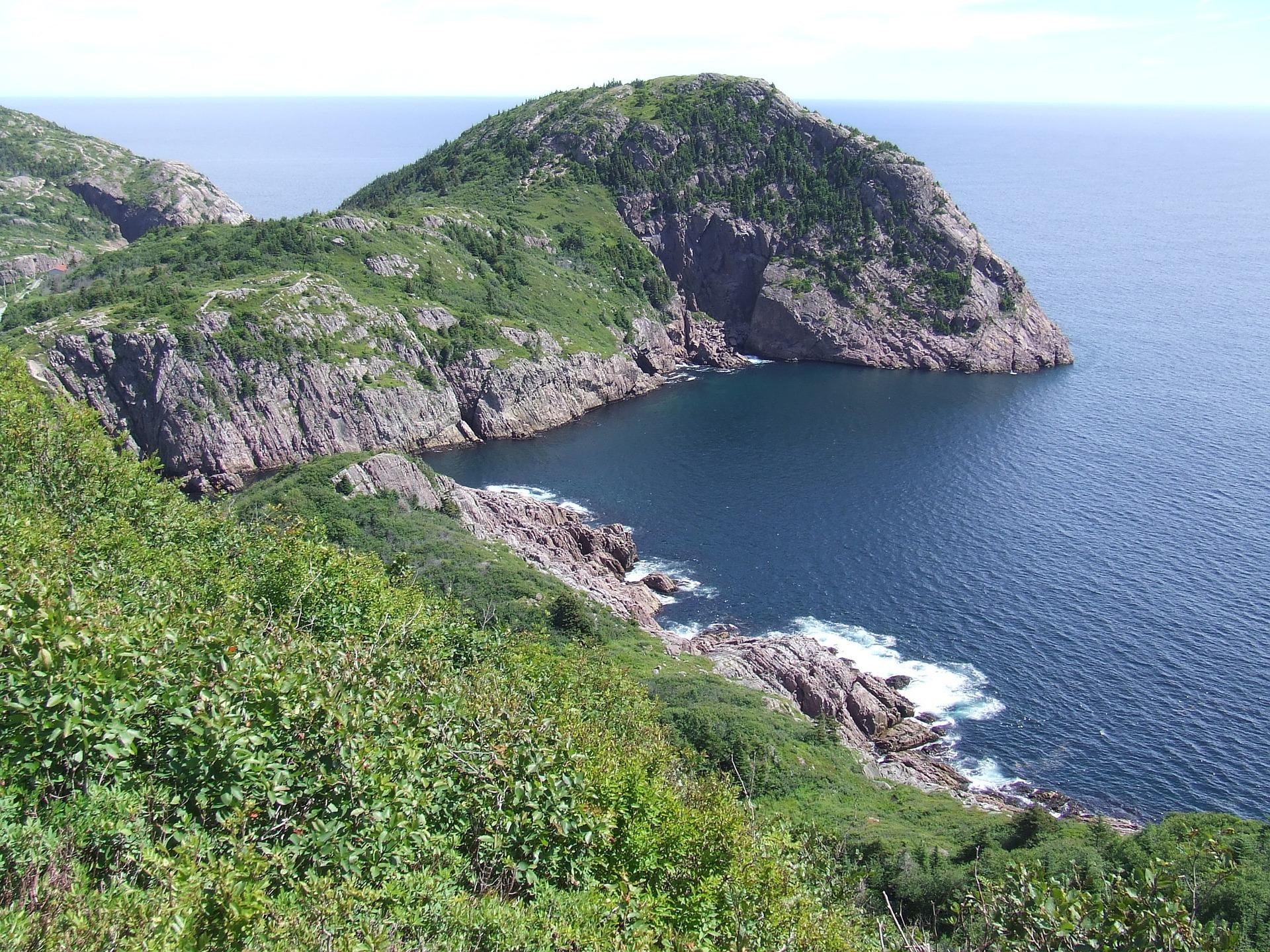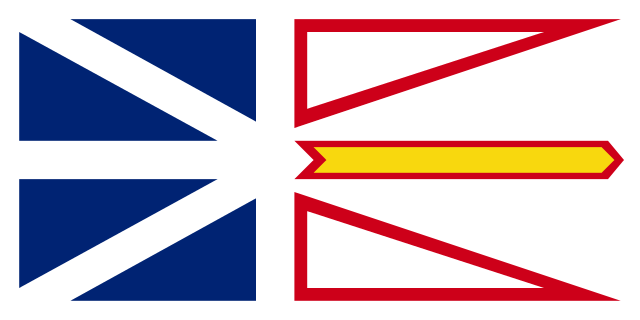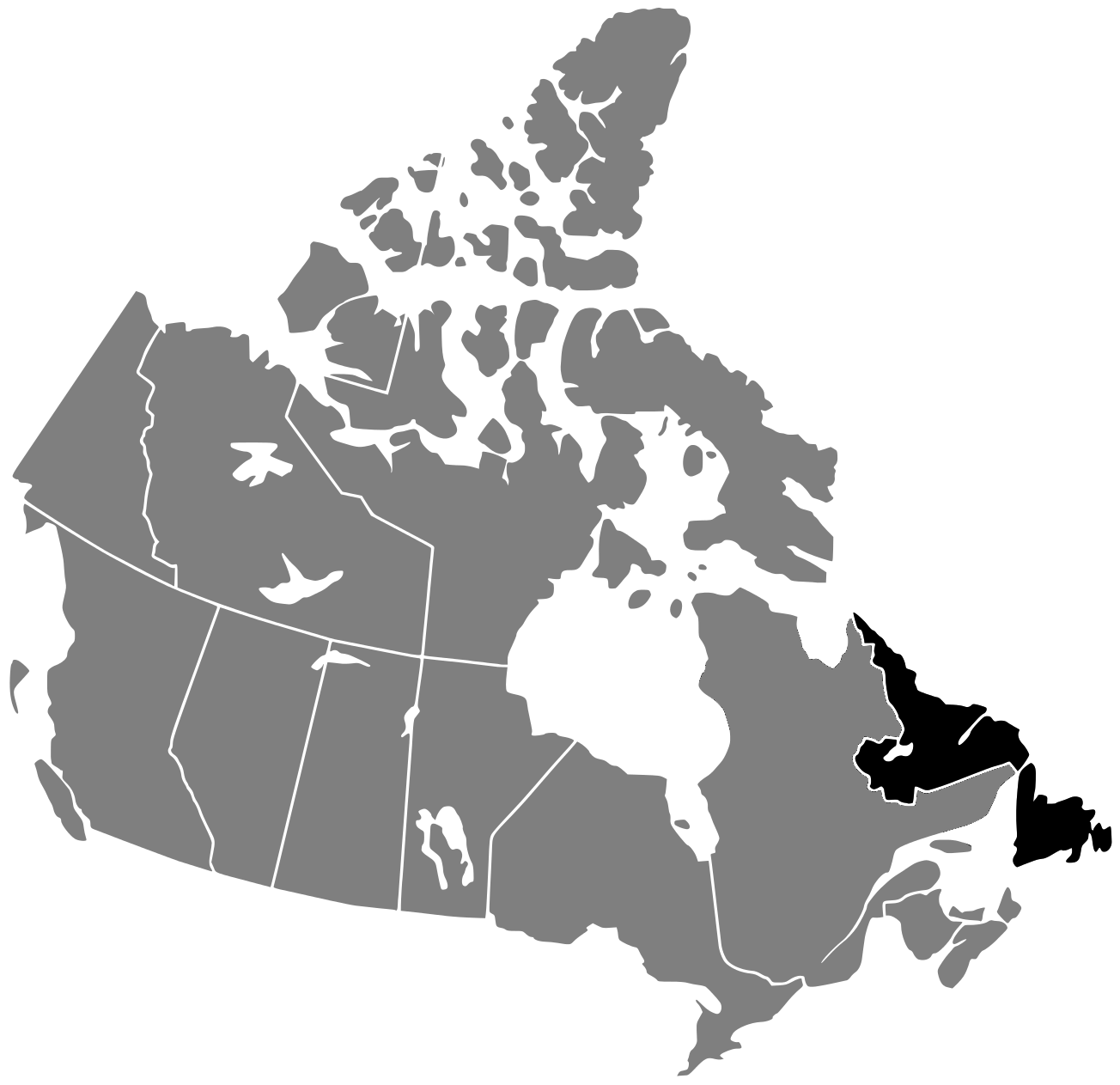Canada’s Arboreal Emblems:
Newfoundland & Labrador — Black spruce (Picea mariana)
Return to our Arboreal Emblems of Canada resource homepage here:
Canada’s Arboreal Emblems →

Return to our Arboreal Emblems of Canada resource homepage here:
Canada’s Arboreal Emblems →


Black spruce is a slow-growing, small to medium-sized conifer that normally grows up to 20 m tall and 30 cm in diameter with a limited spread of 4 m. It has a straight tapering bole and an irregularly cylindrical crown. Needles are 8-15 mm long, linear, four sided, dull blue-green, and blunt pointed. Cones are 2-3 cm long, ovoid, purple when young and brown in maturity, persisting up to 30 years in clusters. Bark is 6-13 mm thick, grey-brown to red-brown with an olive green inner layer and is frequently found in bogs and swamps. Some cultivars of black spruce are well-known as landscape specimens.
Black spruce is straight grained and finely textured, nearly white with little or no contrast between heart and sapwood. It is lightweight but stronger than white spruce. It is classified as medium in strength, but above average in stiffness. It machines well, holds nails well, is easy to glue, and holds paint well. It is used for lumber, pulpwood, construction plywood, and containers – particularly for food containers since it is almost odourless and tasteless. It is also considered to be the easiest tree to pulp due to its white wood and long fibre length.
Black spruce is widespread in Canada and is found growing in every province and territory. It is a typical tree of the Boreal forest. It marks the northern limit of tree growth and black spruce trees near this limit are often found to be up to 90 years old with a bole diameter of 5 cm.